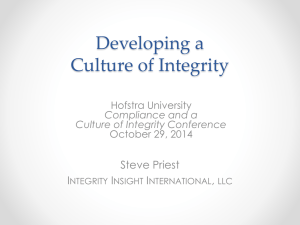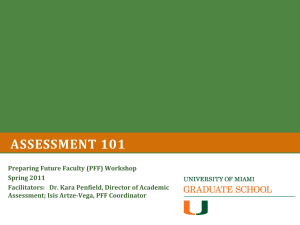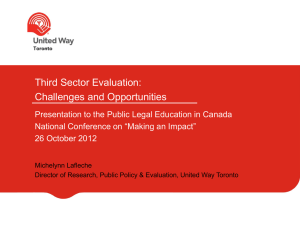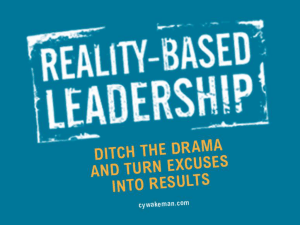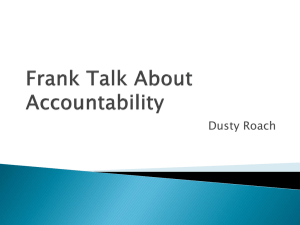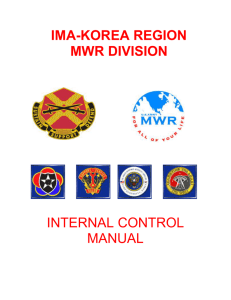view comments
advertisement
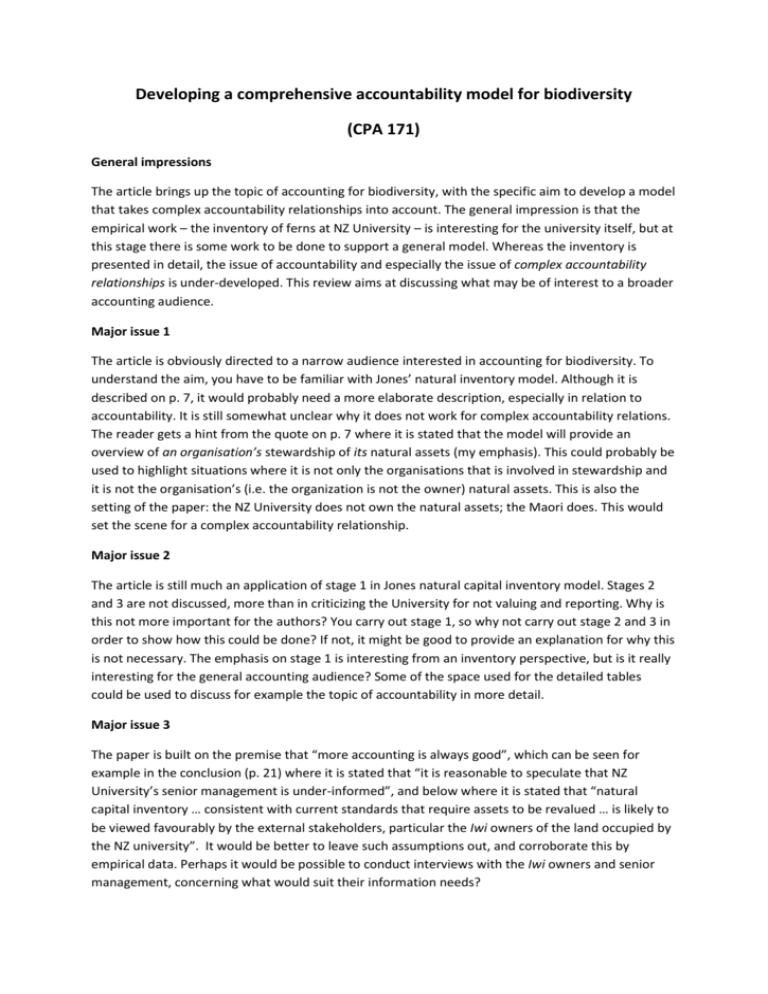
Developing a comprehensive accountability model for biodiversity (CPA 171) General impressions The article brings up the topic of accounting for biodiversity, with the specific aim to develop a model that takes complex accountability relationships into account. The general impression is that the empirical work – the inventory of ferns at NZ University – is interesting for the university itself, but at this stage there is some work to be done to support a general model. Whereas the inventory is presented in detail, the issue of accountability and especially the issue of complex accountability relationships is under-developed. This review aims at discussing what may be of interest to a broader accounting audience. Major issue 1 The article is obviously directed to a narrow audience interested in accounting for biodiversity. To understand the aim, you have to be familiar with Jones’ natural inventory model. Although it is described on p. 7, it would probably need a more elaborate description, especially in relation to accountability. It is still somewhat unclear why it does not work for complex accountability relations. The reader gets a hint from the quote on p. 7 where it is stated that the model will provide an overview of an organisation’s stewardship of its natural assets (my emphasis). This could probably be used to highlight situations where it is not only the organisations that is involved in stewardship and it is not the organisation’s (i.e. the organization is not the owner) natural assets. This is also the setting of the paper: the NZ University does not own the natural assets; the Maori does. This would set the scene for a complex accountability relationship. Major issue 2 The article is still much an application of stage 1 in Jones natural capital inventory model. Stages 2 and 3 are not discussed, more than in criticizing the University for not valuing and reporting. Why is this not more important for the authors? You carry out stage 1, so why not carry out stage 2 and 3 in order to show how this could be done? If not, it might be good to provide an explanation for why this is not necessary. The emphasis on stage 1 is interesting from an inventory perspective, but is it really interesting for the general accounting audience? Some of the space used for the detailed tables could be used to discuss for example the topic of accountability in more detail. Major issue 3 The paper is built on the premise that “more accounting is always good”, which can be seen for example in the conclusion (p. 21) where it is stated that “it is reasonable to speculate that NZ University’s senior management is under-informed”, and below where it is stated that “natural capital inventory … consistent with current standards that require assets to be revalued … is likely to be viewed favourably by the external stakeholders, particular the Iwi owners of the land occupied by the NZ university”. It would be better to leave such assumptions out, and corroborate this by empirical data. Perhaps it would be possible to conduct interviews with the Iwi owners and senior management, concerning what would suit their information needs? Conclusion There is a potential contribution to be made more generally, concerning accountability. When Jones seems to discuss the stewardship by one organisation of their own natural assets, the present paper discuss stewardship of someone else’s natural assets. Jones’ model seems to build on the premise of a singular owner and a singular perspective. For example, it seems quite simple to assess the level of criticality when it comes to certain species. For this paper, however, the same species could be extremely important (high level of criticality) according to one stakeholder (the Iwi, for example), but seen as quite unimportant (low level of criticality) according to the NZ endangered species list. This is, however, an assumption from my side, since it is not evident from the text that this is the case. But if it is, then it could visualise the complexity of accountability relationships quite effectively. As it is now, the level of criticality for the five species categorised as such in 1998, and then the two (one has apparently gone from “critical” to “other” between 1998 and the present inventory) in the present inventory, seems to be derived from a single source (or authority) which does not imply a complex accountability relationship. If the importance of a species can be determined on the grounds of one authority, then it is probably that authority one will be seen as “accountable to”. I say this, since the definition used on accountability emphasise the ability to reason about one’s actions. If for example the Iwi would hold the University accountable for the disappearance of one of the “other” species, it would be easy for the University to point to the list and argue that the species is so abundant elsewhere, so it is not in need of protection here. The University therefore becomes accountable to a more general interest of biodiversity conveyed by a list of endangered species that takes a much wider geographical area into consideration (that is, local interests have no say). As such, I would argue that a deeper discussion of accountability, and especially in relation to the specific accountability relations that exists in the empirical case, is needed to understand the proposed model on p. 18. As of now it becomes quite abstract and general. The suggested policy formulation on p. 19 also becomes somewhat hypothetical and could be better if connected to actual empirical data.




